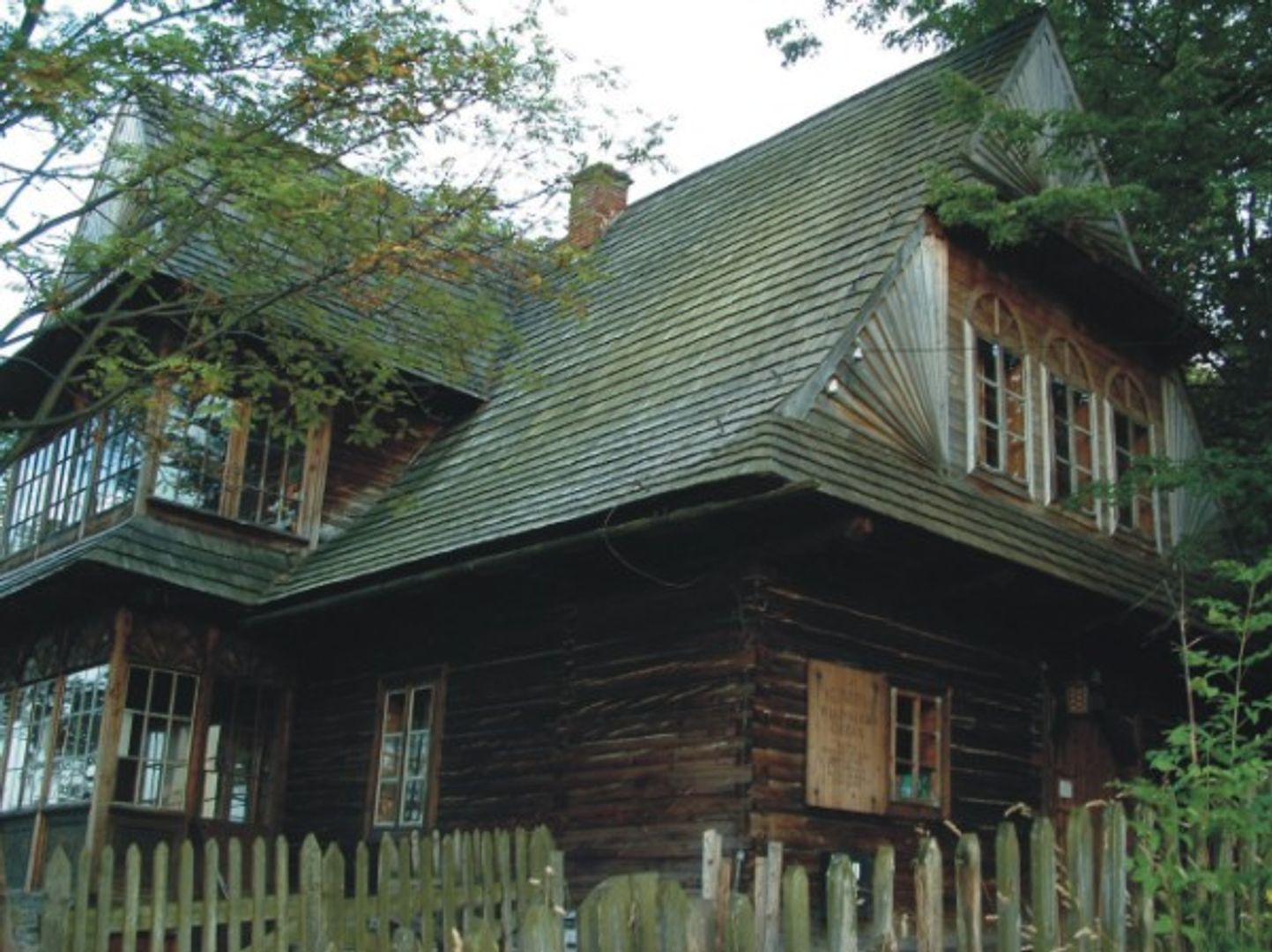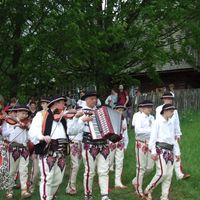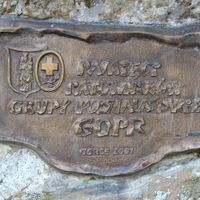Poreba Wielka
6.91

Overview
Poręba Wielka, a village in the Lesser Poland Voivodeship, Limanowa County, is a place with a rich history dating back to the late 13th century. The name of the locality refers to forest clearance, suggesting that the settlement was founded by loggers. In the 14th century, these lands were owned by the Cistercians from Szczyrzyc, and the first written mention dates back to 1380. In the following centuries, the village served as the administrative center of the Poręba estate, and in the 16th century, it passed into the hands of the Pieniążek family, who introduced a manorial farm system.
In the 17th century, after being taken over by the Lubomirski family, a glassworks was established, and the village developed thanks to crafts and a brewery. In the 18th century, Poręba came into the possession of the Sanguszko family and later the Wodzicki family, who left behind a manor park and fragments of manor buildings. In the 20th century, the village attracted tourists thanks to a vacation colony organized by the Society of Summer Colonies. In 1950, sources of iodine-bromine brine were discovered, leading to modern spa initiatives, including the construction of a balneological hospital in 2018.
Architecturally, the manor complex with its park, featuring medieval trees, and the Władysław Orkan Biographical Museum, dedicated to the famous writer associated with the region, stand out. Tourist attractions also include the Koninki ski station, historic chapels, the astronomical observatory on Suhora, and scenic hiking trails through the Gorce Mountains, including routes to Turbacz. Poręba Wielka is also the headquarters of the Gorce National Park, highlighting its natural and recreational values. An interesting fact is that the village was administratively part of the Nowy Sącz Voivodeship until 1998. All this makes Poręba Wielka a fascinating place combining history, culture, and the beauty of nature.
Location
2025 Wizytor | All Rights Reserved

